What Is the Intentional Behaviour Model? What does it do? and how can it be of use?
Introduction
We all have behaviours, and these can be either physical or cognitive, subtle or conspicuous. Physically behaviours could be as simple as scratching your head when thinking or lightly tapping your finger on the desk when listening to someone you disagree with. Cognitive behaviours could be as conspicuous, as holding anti-semitic views about different genders or gender types, through too the subtle thoughts of the preference of home cooking over fast-food outlets.
But what are intentional behaviours? Well, simply it could be described as ”I will act or behave in a prescribed manner or in a certain way when a particular situation occurs”.
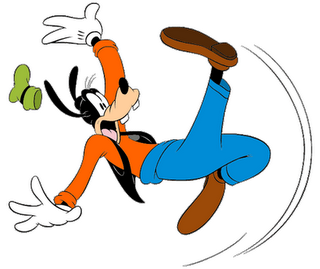
For example; I have the planned behaviour of standing up and laughing if I stumble in the street. However, will I be able to perform that intended behaviour if I fall in the street, and break one of my legs, or an arm? Or how would I intend to behave or act if my credit card was refused at the hotel reception? Would I try another form of payment, to settle the bill, or get angry at the hotel receptionist?

We all have behavioural intentions, putting it another way, we all intend to behave in a certain way in certain situations, but these intentions can be influenced by external factors, some of which we will not always be conscious of.
The IBM model or theory was developed in 2000 by Fishbein, by extending two previous theories that looked to categorise and understand intended behaviours, The Theory of Reasonable Actions (TRA) and the Theory of Planned Behaviours (TPB).
So to understand the IBM model, we have to look at the two theories the model extended. The first is the Theory of Reasonable (TRA) which was created by Icek Ajzen in 1985 and looked to identify and understand the factors that could influence the behaviours exhibited by an individual within a certain situation, enabling in some instances for a behaviour to be predicted.
However, later studies indicated that the TRA theory was missing an external influencing factor of control, the perceived control an individual feels they have over any behaviour they may exhibit.
Addressing this missing external factor, the second theory, the Theory of Planned Behaviour (TPB) was developed by Icek Ajzen in 1991.
Because the IBM (Intentional Behaviour Model) extends the TRA and TPB theories, I will start with them, thus I hope to allow you to understand where the model comes from, and how it can be used to predict behaviours.
Discussion
The diagram below shows both the TRA (Theory of Reasonable Actions) (Shown within the Gold box) and the TPB (Theory of Planned Behaviours), (Shown within the Red box).
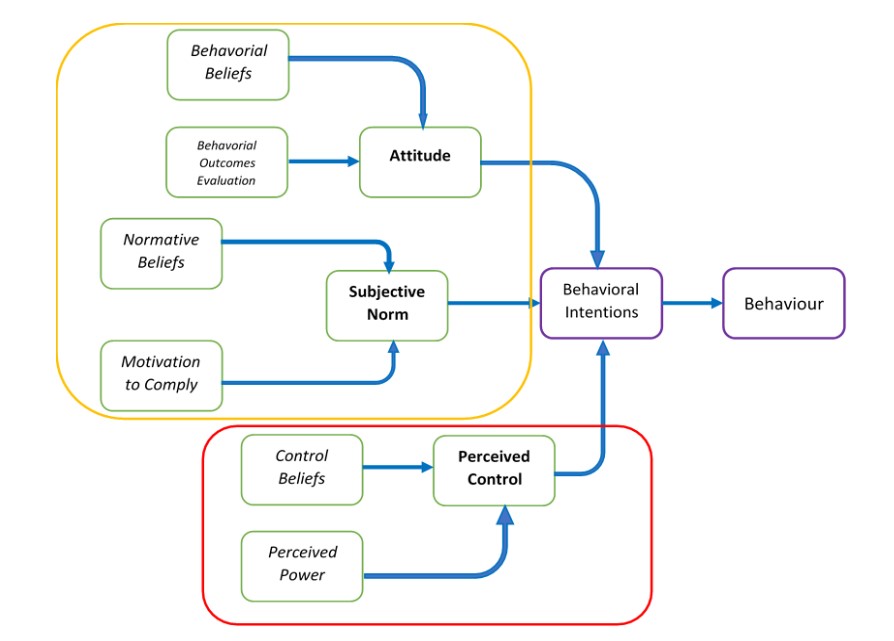
The TRA model has two determinants, (shown within the Gold box), the first being Attitude, which, is considered to be one of the key influencing components of behavioural intention, and can show the strength of feeling and therefore the motivation towards exhibiting a particular behaviour.
Attitude is in turn, determined by Behavioural beliefs and Behaviour outcome evaluation. Behavioural beliefs could be described as the feelings an individual has towards a specific behaviour or action, which in turn could be seen as an indicator for the motivation to perform that behaviour. Behavioural outcome evaluation could be described as how we as individuals perceive the outcomes or the results of performing a specific behaviour, are we happy or sad about them, are they good or bad.
The second determinant within the TRA model is Subjective Norms, which can be described as how the individual perceives others within his or her social group (working peers etc.) and their thoughts of that particular behaviour or action. Does the individual feel any pressure from his or her peers, in regards to exhibiting the specific behaviour or action?
Subjective Norms can be influenced by the components of Normative beliefs and Motivation. Normative beliefs could be described as the positive or negative influence on a specific behaviour the individual’s peer group can apply. Do they approve or disapprove of the behaviour? Motivation could be described as the strength of the wish, or the enthusiasm the individual may have about exhibiting the specific behaviour
However, the TRA theory does not take into account other external factors that may influence abilities or impediments to exhibit the behaviour or action.
The Theory of Planned Behaviour (TPB), (Red box on the above diagram), extends the TRA model, by adding the component of Perceived Control, which addresses what was considered the missing external factor of how much power we perceive we have in controlling the behaviours or actions we as individuals can exhibit. Perceived Control has the determinants of Control beliefs and Perceived power.
Control beliefs could be described as the presence or absence of facilitators or barriers that enable or hinder the exhibition of the specific behaviours or actions. The Perceived power component could be described as the ability, difficulty or ease that we as individuals have in performing the behaviour or action, in other words, do we have the skills and or abilities to exhibit the behaviour?
But what has this so far to do with the Intentional Behaviour Model. Well as I said the model extends the TRA and TPB models by adding further dependents or influencers, which can be seen in the diagram below.
The IBM Model
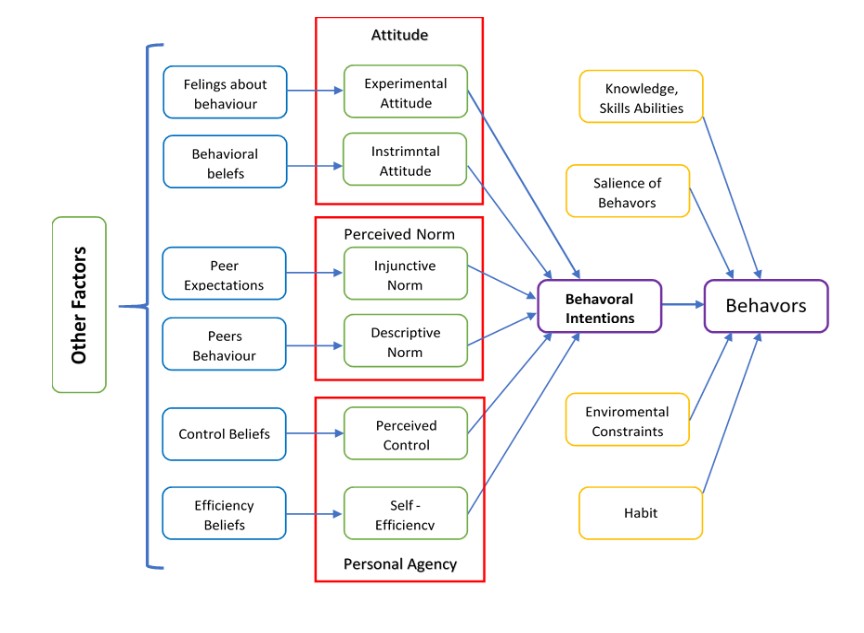
The Intentional Behaviours Model (IBM) like the TRA and TPB theories, studies the intentions we have as humans to exhibit specific behaviours or actions within certain situations, however, unlike the TRA and the TPB theories, the IBM model considers the determinants differently.
Four components (Gold) are displayed as possible direct determinants on the exhibition of the behaviour, regardless of the behavioural intentions the individual may or may not have.
Three of these are components could be considered as important in determining if the behaviour occurs.
First; Even if the intention is strong to exhibit the behaviour or action, the skills and knowledge needed to perform the behaviour need to be present within the individual. For example, can the individual be a diplomat in the face of aggressive behaviour? Second; there should be no or few environmental constraints preventing the exhibition of the behaviour. Third; the behaviour should be salient or important to the person exhibiting the behaviour. Fourth; is the behaviour a habit? Has the individual performed the behaviour so often that it becomes a habit? Can the individual perform the behaviour without actually thinking about how or why?
The determinants of behavioural intention are as follows, Attitude, Perceived norms and Personal agency.
The first determinant of behavioural intentions is Attitude is comprised of two components, Experimental attitude (affective, how we feel about something) and Instrumental attitude (cognitive, what we think about something). The Experimental component of attitude is affective and captures and measures the feelings that could be exhibited about certain behaviours, (We feel that the behaviour is good or bad). The Instrumental component of attitude is cognitive and captures the beliefs or thoughts about the outcomes of performing a prescribed behaviour. (We think that the behaviour is good or bad). Both of these determinants provide the basis for the understanding of the motivation an individual may have to exhibit a prescribed behaviour.
The second determinant of behavioural intention within the IBM model is Perceived Norms, which are comprised of two components, Injunctive norms and Descriptive norms.
The Injunctive norms component could be described as the social pressures the individual feels is being applied to him or her to exhibit the specified behaviour, (this is the same as the subjective norms in the TRA and TPB theories). The Descriptive norms component could be described as the beliefs the individual’s peer group have concerning the specific behaviour. The peer group can consist of friends, work colleagues and other respected individuals). The beliefs or thoughts are either positive or negative.
The third determinant of behavioural intention is Personal Agency which could be described as the influence we can apply to the current situation. Personal agency is comprised of two components, these being Self–efficiency and Perceived control.
Self–efficiency is the perception held by the individual, that the behaviour can be exhibited regardless of barriers. Perceived control is the perception that we have as individuals can control the behaviour by choosing to either exhibit or refrain from exhibiting the specific behaviour.
So how can the IBM model predict a behaviour?
So, for example, a customer cannot pay his bill, and becomes aggressive with the receptionist, can the IBM model predict the receptionist’s behaviours?
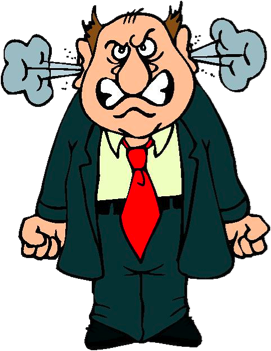
Working backwards, and to my mind, the most important determinants are the four factors that can influence behaviour directly.
Does the receptionist have the skills, experience and knowledge to be a diplomate in the face of the aggressive customer, (Skills & Knowledge), can the receptionist deal with the aggressive customer without thinking about it, (Habit), is being a diplomate in the face of an aggressive customer what he or she wants to do today, would tomorrow be different? would the receptionist be in a better mood, (Salient), and lastly is the receptionist being watched by his or her manager, or is his or her manager standing next to them (Environmental constraints).
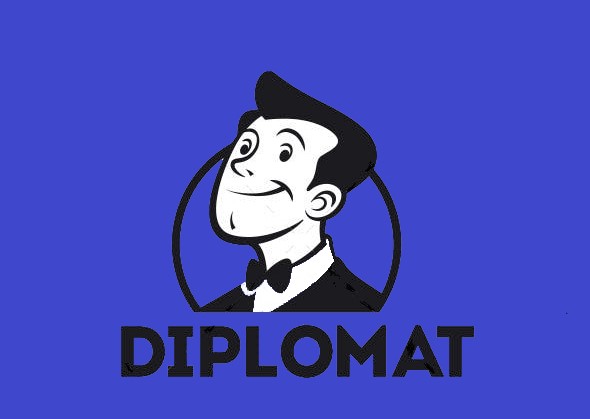
All these factors can either facilitate the receptionist’s ability to be a diplomate in the face of an aggressive customer or hinder their ability to calm the customer down enough to resolve the issue at hand.
Now let us investigate the determinants of the intended behaviour, Attitude, Perceived norms and Personal agency.
Attitude, well cognitively we can all agree that arguing back or responding with aggression, may not resolve the issue, so diplomacy may be the best option. However, the feelings of the receptionist may not agree with that, as the receptionist is being shouted at by the customer, and may feel that they want to be aggressive back.
This could constitute an attitude conflict, cognitive versus affective, and so other factors should be considered. For example, is the receptionist passive in nature? what is their mood today? did they get enough sleep last night? These factors could influence the receptionist’s motivation towards either an aggressive or diplomatic response.
Perceived Norms, and the Injunctive Norms component, may indicate to the receptionist that the people around (Peers) promote an aggressive response to the customer because they feel it is the best thing to do. However, the Descriptive norms component indicates to the receptionist that the people around (Peers) consider or think that being aggressive would not get the required response and would have a negative outcome.
Last but not least, Personal Agency, can the receptionist argue with the customer, to they have the skills to calm the customer down
Self–efficiency, what are the influencers that can either help or hinder the receptionist from becoming aggressive in response to the customer? For Example, could it be that they are tired from lack of sleep, enabling them to become aggressive when they would not normally, or is the receptionist’s nature passive, and therefore the aggressive behaviours are hindered by their normal personality. Additionally, the component of perceived control, can the receptionist keep calm, maintaining control of any aggressive behaviours, in the face of the aggressive behaviour from the customer, therefore, enabling faster resolution to the issue.
In this situation, the motivation of the receptionist to respond to the aggressive customer aggressively is reduced, this could be because of multiple factors, the receptionist’s personality (Ameanable), and the cognitive thought that arguing will not resolve the issue (Attitude). The peers of the receptionist (In this case work colleagues), would not consider responding with aggression the best practice, and bad for business. (Perceived norms). Personal Agency can then be added, the control the receptionist has over their emotions and therefore anger responses are reduced promoting a diplomatic response.
Then we can apply the direct influencers on the behaviour, is the receptionist being watched? (enviromental contraints), does the receptionist have a passive nature, and therefore does not normally argue (Habitual and saliency).
All of these components will influence the receptionists’ response to the aggressive customer, indicating that the model would predict that the receptionist will respond to the aggressive customer diplomatically.
In Conclusion
The IBM model can predict behaviours, the more simplistic the component variables (thoughts or feelings) the greater the ability for the model to predict the behaviour, however, where measures within the determinants or components of the model are less clear or complex, then the predictive capabilities of the model are reduced.
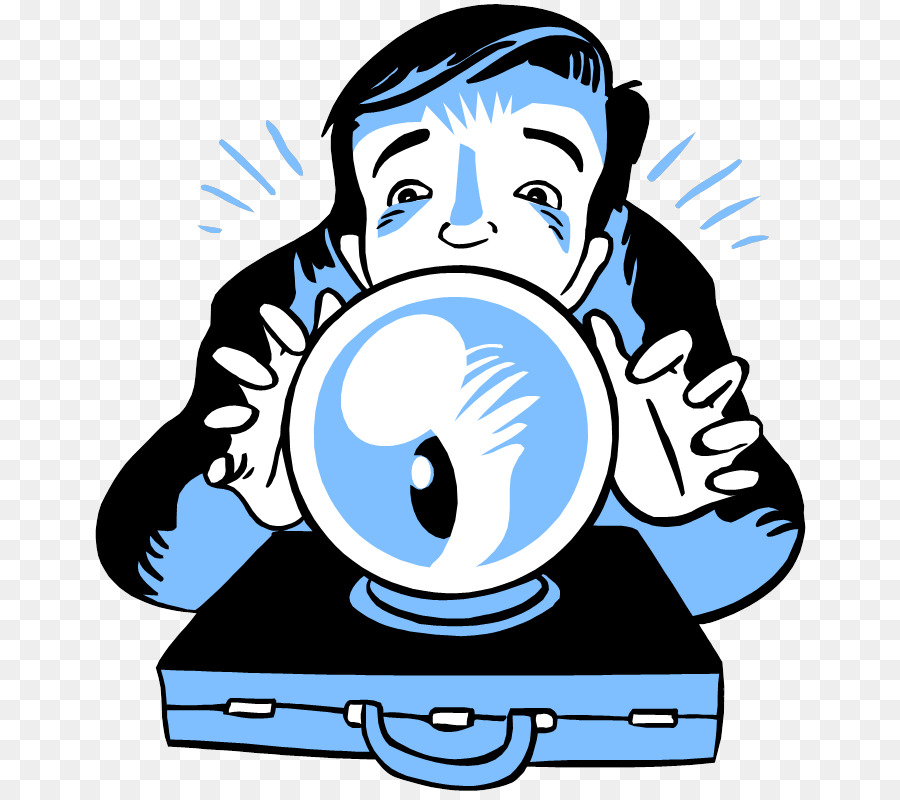
Both sets of determinants those that influence the intended behaviour and those that influence the actual behaviour all have to be taken into account
Using the example above, we can say that in all probability the receptionist will not become aggressive towards the aggressive customer, but look to calm the situation, so the problem of the customer’s bill can be resolved, but this could be seen as a clear cut situation. For example, we do not always know what sought of mood the receptionist is in, they may have argued at home the night before, have or be dealing with personal medical issues, or not enough sleep, all these types of things could impact the model.
So yes the model could be considered as useful at predicting behaviours, and where the component variables (thoughts and feelings), are more complex the model may present predictions at reduced probability.
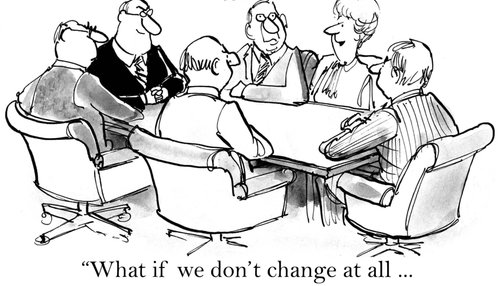
So where could the model be used, well in most businesses, offering insights into how people performing specific tasks, or jobs could respond in given situations.
The model has been used extensively in the medical industry to understand patients, and how they can respond to general and specific medical situations and the treatments that may be required.
Finally, the model could be used as the basis for creating training materials for many types of jobs, including customer-facing, internal management, leadership and conflict resolution roles as well as HR in general, to name a few.
Next Blog



